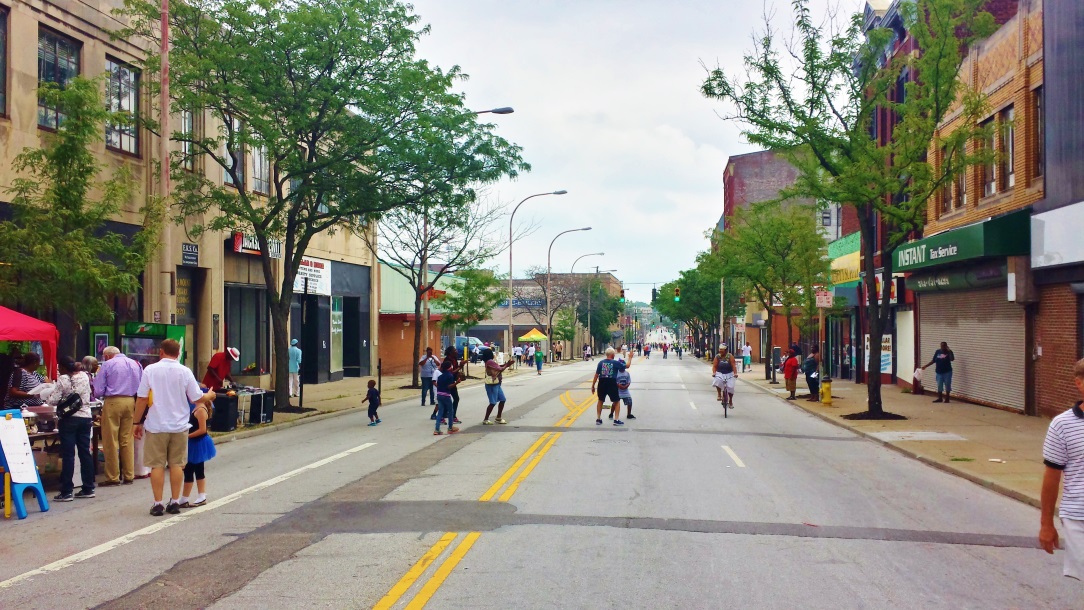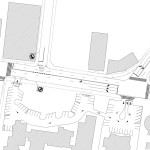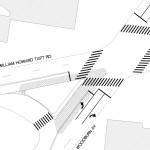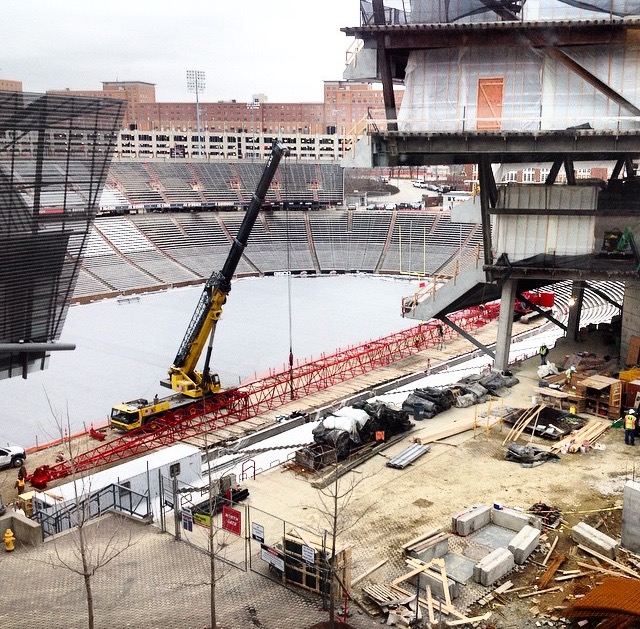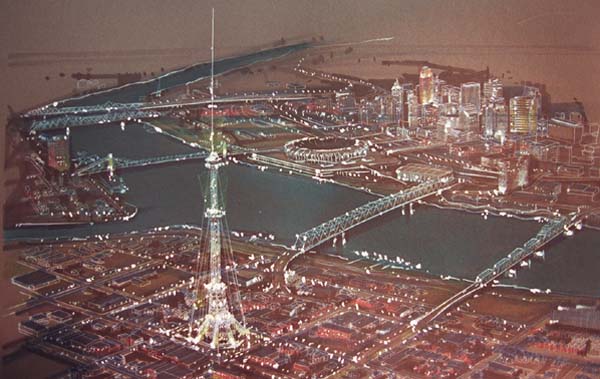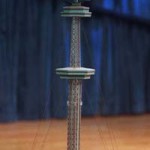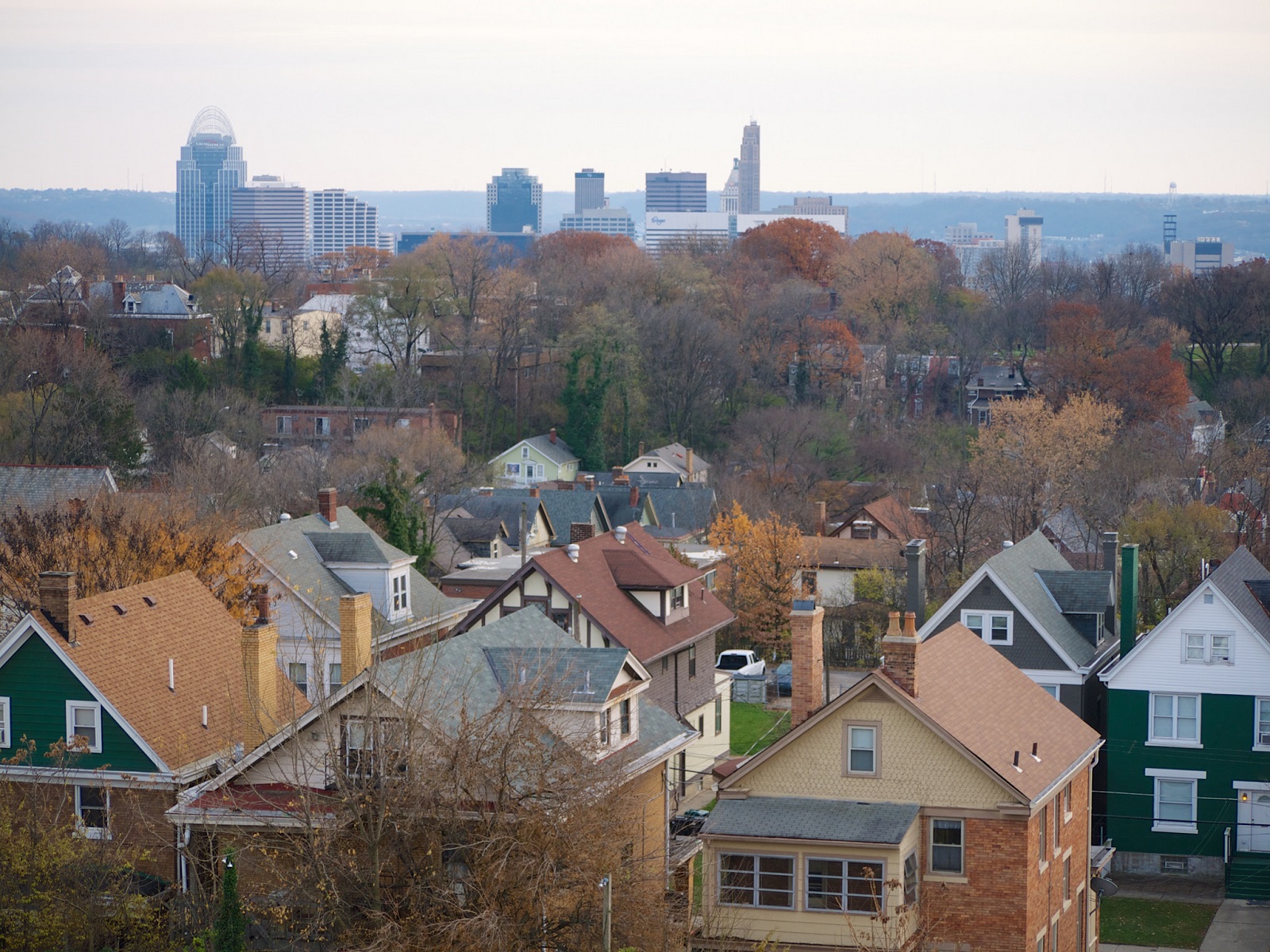Over the past four months, city planners and engineers have been working away on concepts that would transform William Howard Taft Road and E. McMillan Street into streets with two-way travel. During that time public feedback has been gathered and designs have been revised.
The actual work began much earlier than that when the City of Cincinnati converted portions of those same two streets through the Walnut Hills neighborhood back in 2012. There was some trepidation at the time in East Walnut Hills, but those have seemingly faded away following the successful conversion of those streets to the west.
“This two-way conversion will make the two neighborhoods much more connected, and make the distance between DeSales Corner and Peeble’s Corner more walkable,” explained Kevin Wright, Executive Director of Walnut Hills Redevelopment Foundation. “Our goal is to make the two districts more connected, and this is one of many changes that will be put in place to make that area more walkable.”
Some of those other changes include the redevelopment of historic buildings throughout the business district, establishment of new public gathering spaces, and potential upgrades to the district’s bus service.
Since the last round of public meetings, staff from Cincinnati’s Department of Transportation & Engineering (DOTE) have prepared updated alternatives for traffic flow and streetscape enhancements. These alternatives were presented at a public meeting on February 25, 2015, which included many residents and business owners from the East Walnut Hills neighborhood.
The modifications include the addition of off-peak parking on the north side of William Howard Taft Road between Woodburn Avenue and Ashland Avenue, the addition of left turn lanes from E. McMillan Street to Victory Parkway, and the addition of a landscaped island on the east leg of the Woodburn Avenue and E. McMillan Street intersection.
Project officials say there will be another round of public feedback on these changes, and members of the public are encouraged to share their feedback with Greg Koehler [greg.koehler@cincinnati-oh.gov] or Curtis Hines [curtis.hines@cincinnati-oh.gov] by Wednesday, March 11.
